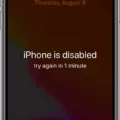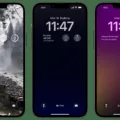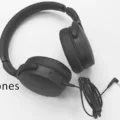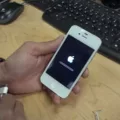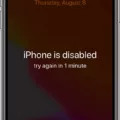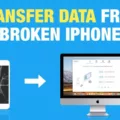Are you wondering how to unlock an iPhone using a Macbook? Unlocking an iPhone from a Mac is much easier than it used to be. With the new Finder functionality in Catalina and Big Sur, you can now quickly and easily unlock your iPhone without having to use iTunes.
In this blog post, we’ll show you exactly how to unlock your iPhone with a Macbook. We’ll start with the basics, like putting your iPhone into recovery mode, and then move on to more advanced steps like restoring your content from a backup. Let’s get started!
Step 1: Put Your iPhone into Recovery Mode
The first step in unlocking your iPhone with a Mac is putting the device into recovery mode. To do this, press and quickly release the volume up and down buttons in order on iPhones X or later. For other models of iPhones, follow the instructions that come with them. Once your device is in recovery mode, it will be ready for unlocking.
Step 2: Connect Your Device to Your Computer
Once your device is in recovery mode, connect it to your computer using a Lightning cable. On Macs running macOS Catalina or Big Sur, select your device in the Finder sidebar; on PCs running Windows 7 or later versions of Windows, open iTunes (which may already be installed) and select the device there.
Step 3: Restore or Update
You should see the option to Restore or Update when connecting to either Finder or iTunes — select Restore here if you want all content erased from your device after it unlocks; select Update if you want all content restored from backup after it unlocks (Note: Make sure you have made a backup before selecting Update).
Step 4: Waiting for Unlocked Status
Once restoring/updating begins, wait for the process to complete — usually takes less than 15 minutes — at which point you will see the unlocked status of your device appear in Finder/iTunes window and onscreen on the device itself. Congratulations! You have successfully unlocked your iPhone with a Macbook!
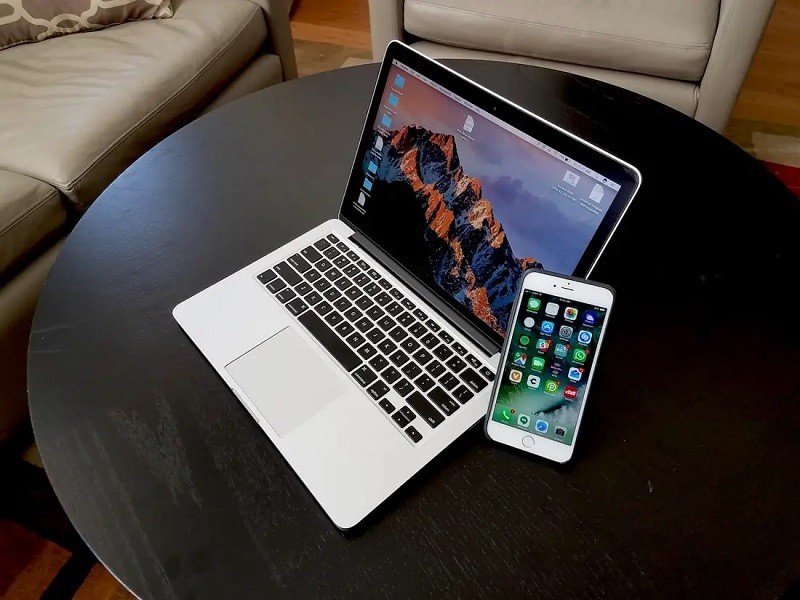
Unlocking an iPhone Using a Mac
Yes, you can unlock your iPhone using your Mac. For Mac users running Catalina or later operating systems without iTunes, you can unlock your iPhone by opening Finder on your Mac and plugging your iPhone into the computer with a USB cord. Then, you need to put your iPhone into recovery mode by pressing and quickly releasing the volume up and down buttons in order for iPhone X and later. Once the iPhone is in recovery mode, you should be able to unlock it using Finder.
Unlocking an iPhone Using a Computer
Yes, you can use your computer to unlock your iPhone. You can do this using specialized software called EaseUS MobiUnlock. This software is easy to use and can help you remove various locks, including 4/6-Digit Code, Touch ID, or Face ID, from your device. The whole process won’t take more than 15 minutes. All you need to do is install the software on your computer, connect the iPhone to the computer via a USB cable, and then follow the instructions provided by the software. Once all the steps are completed, your iPhone will be unlocked.
Unlocking a Disabled iPhone on a Mac Monterey
To unlock a disabled iPhone on a Mac Monterey, you will first need to connect the device to your computer and open Finder. Once Finder is open, select the device in the list of devices that appears on the left side of the window. You should then be able to click ‘Erase iPhone’ in order to reset your device. After resetting the device, you will be able to use your iCloud or iTunes backup to restore your content and unlock the device.
Removing a Locked iPhone from a Macbook
To remove a locked iPhone from your Macbook, you first need to put it into DFU (Device Firmware Update) mode. To do this, press and hold the Power and Home buttons on your iPhone for 10 seconds. Then, release the Power button while continuing to hold the Home button until you see a message in iTunes or Finder indicating that an iPhone in Recovery Mode has been detected.
Once your iPhone is in DFU mode, connect it to your Macbook using a Lightning cable. Then, select your ?iPhone? in the Finder sidebar on Mac or in iTunes on PC. When you see the option to Restore or Update, select Restore. This will erase all data and settings from the device and remove it from your Macbook.
Conclusion
In conclusion, the iPhone is a powerful and versatile device that can be used in a variety of situations. With its intuitive user interface, advanced security features, and wide range of apps and services, the iPhone is an invaluable tool for staying connected with the world. Whether you need to unlock your iPhone from a computer or restore content from an iCloud backup, there are multiple ways to do it. With regular software updates and support for new features like Face ID and 5G networks, the iPhone is well-equipped to meet all your needs.

